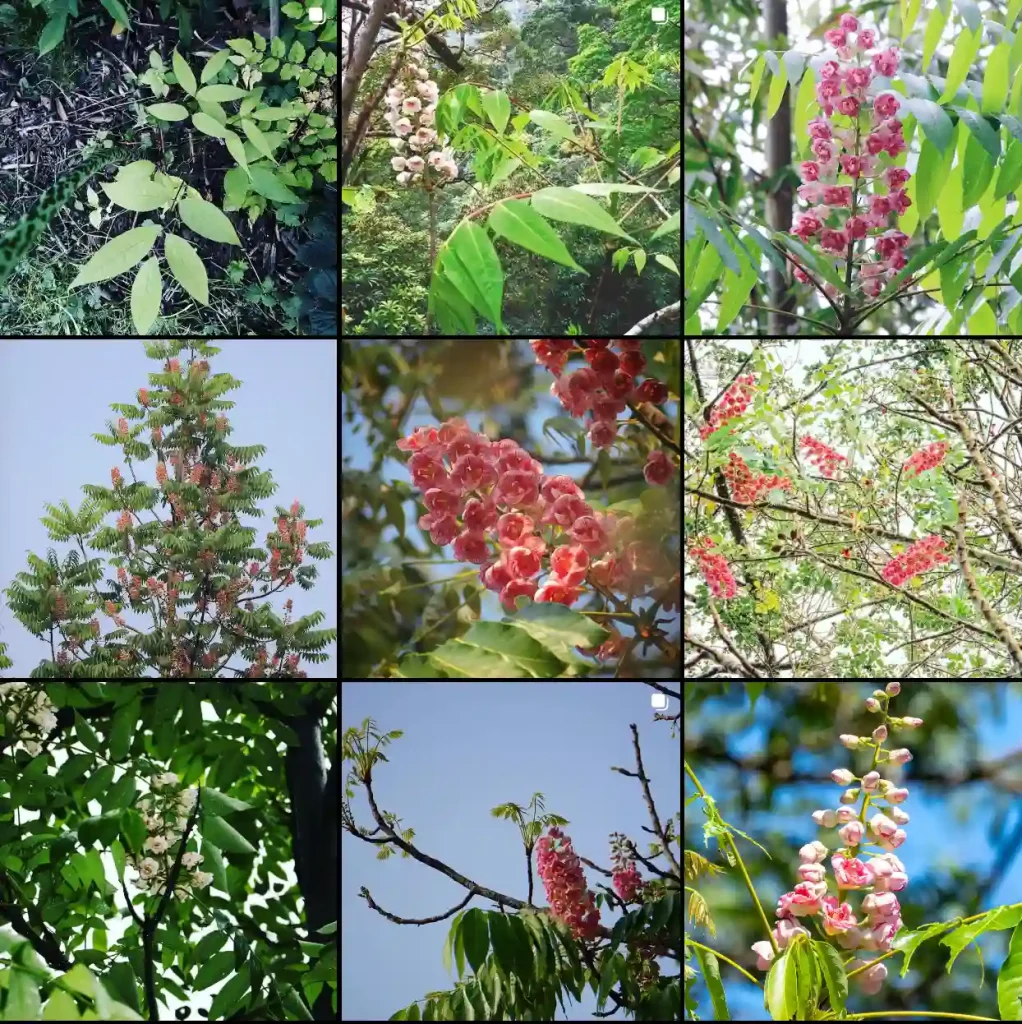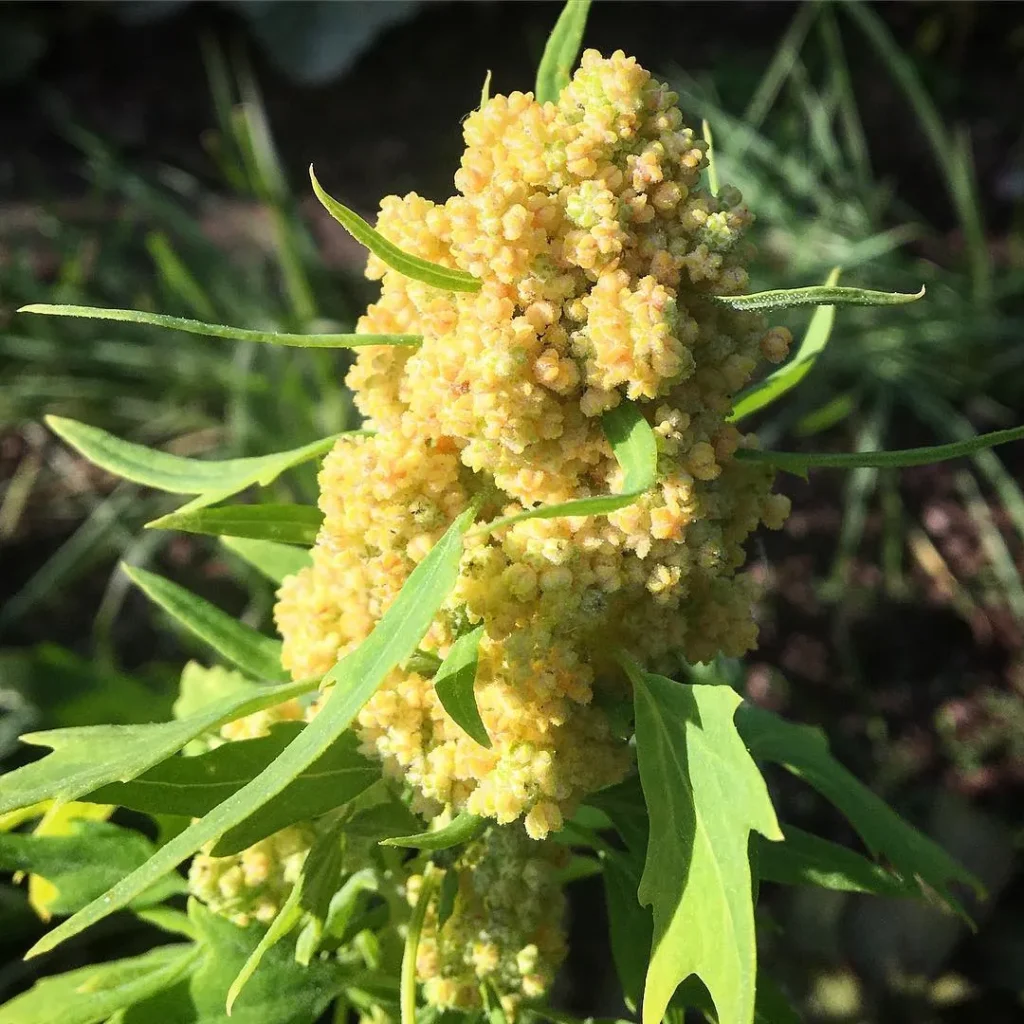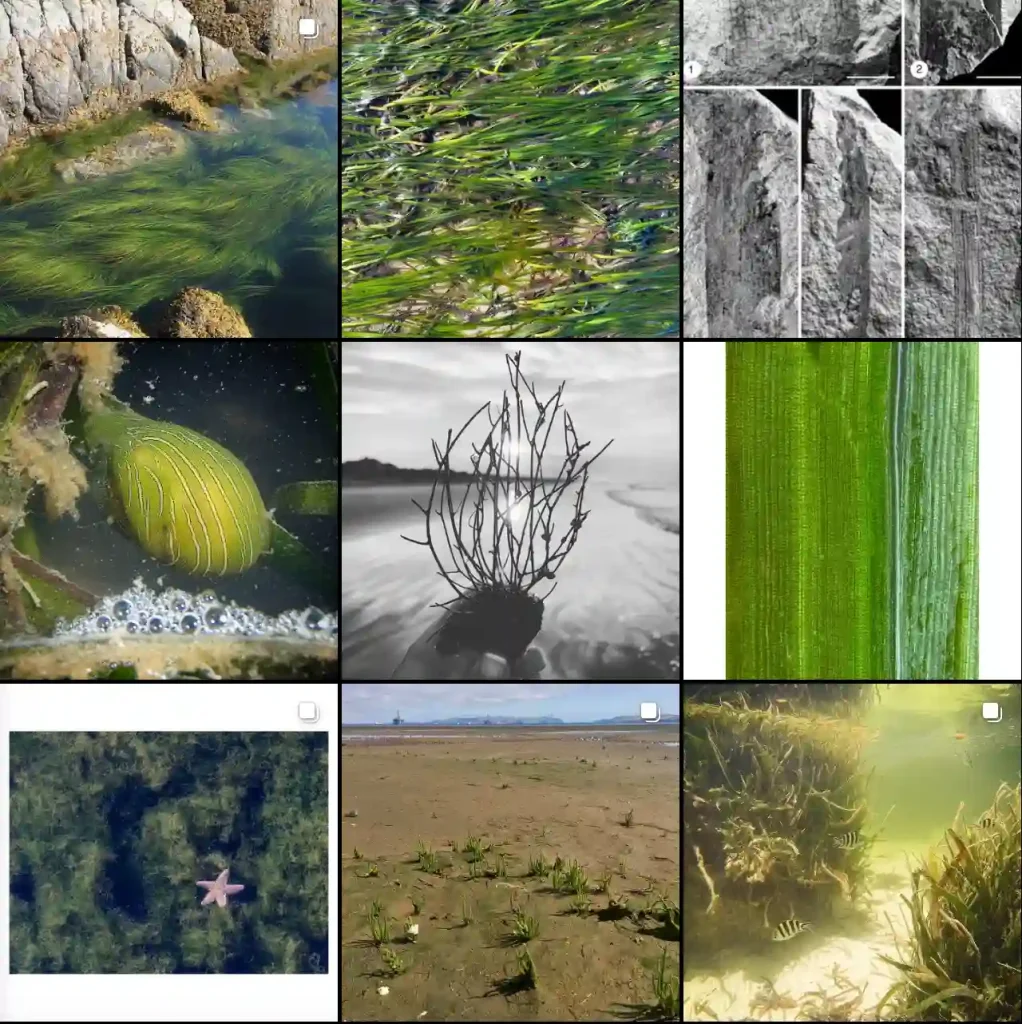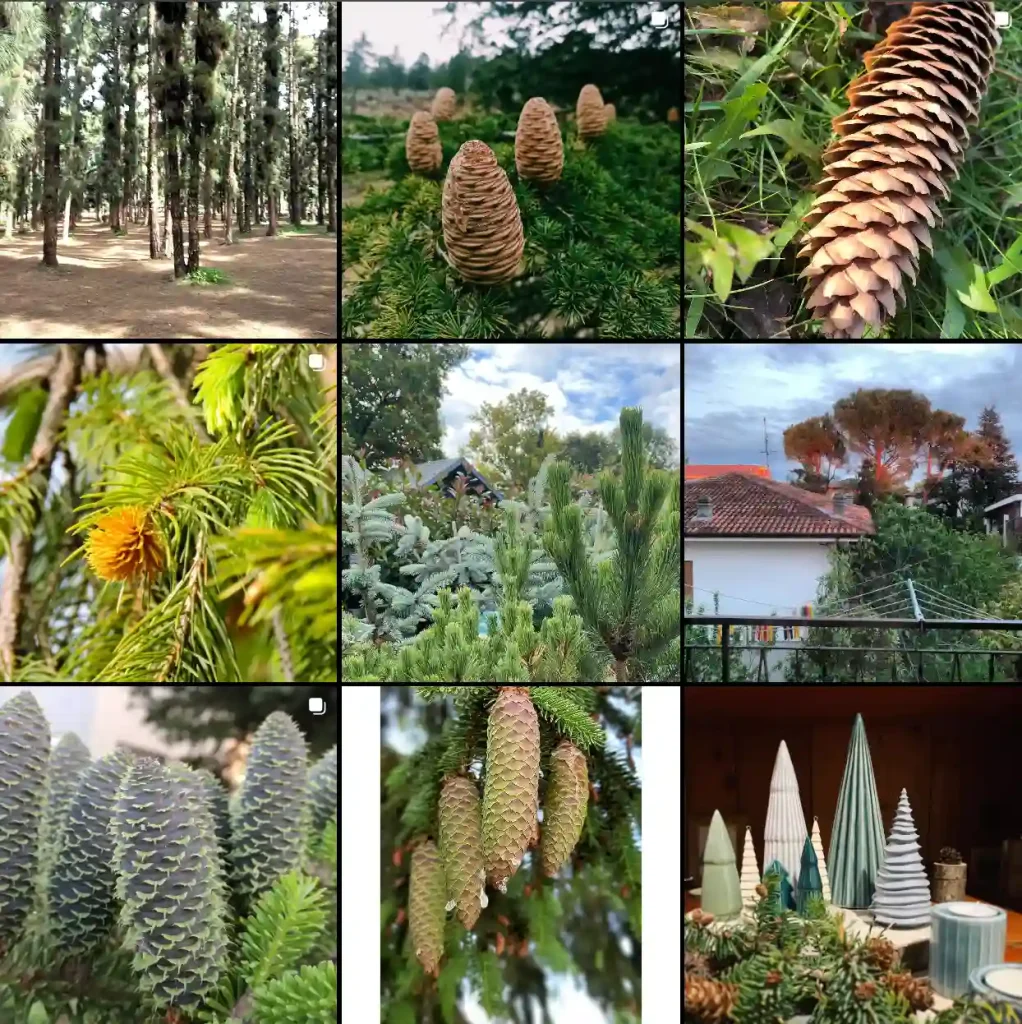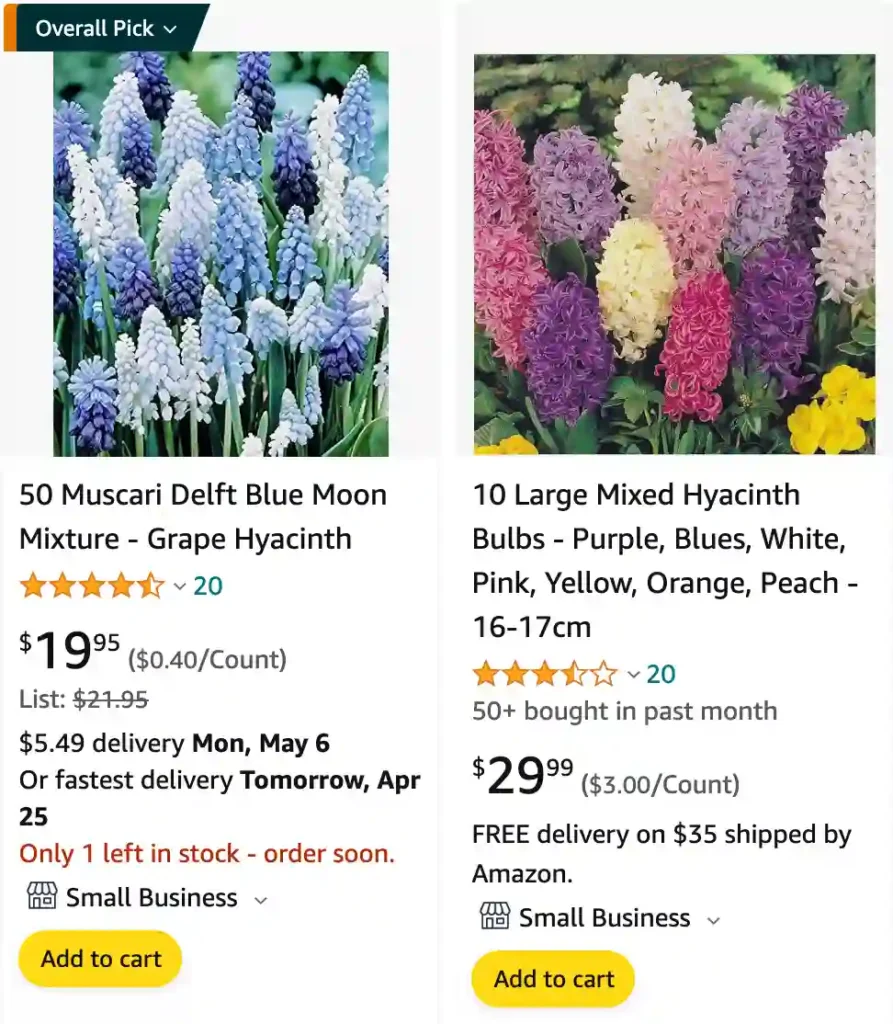
Exploring Three Species in the Genus Hyacinthus
Hyacinths hold a special place in my gardening heart. Their vibrant colors, intoxicating fragrance, and iconic flower spikes make them a standout in any spring garden. Within the genus Hyacinthus, three primary species capture the essence of these beloved blooms: Hyacinthus orientalis, Hyacinthus litwinovii, and Hyacinthus transcaspicus. Let me take you on a journey through these species, sharing what makes each unique and how I’ve incorporated them into my garden.
Plant Family: 119 Genera in Asparagaceae
FAQs
Are hyacinths poisonous to cats?
Yes, hyacinths are absolutely poisonous to cats. I had a terrifying experience with my mischievous tabby, Luna, last spring. She had a bad habit of nibbling on anything green, and those beautiful hyacinths blooming in a vase were no exception. Before I knew it, she was vomiting and had awful diarrhea. We rushed her to the emergency vet, and thankfully she got better, but it was very scary. Now I never bring hyacinths into the house, and I always read up on a plant before buying it to make sure it’s safe for my furry friend.
Do hyacinth bulbs multiply?
Absolutely! I’ve found that my hyacinth bulbs have multiplied like crazy over the years. It started with just a small pot of them on my balcony, and now I have a whole vibrant patch every spring. It’s a little messy when it’s time to dig them up and separate the baby bulbs, but it’s incredibly rewarding seeing how many more blooms I get with each passing year. I’ve even been able to share some of the bulbs with my neighbor, who now has a lovely patch of hyacinths as well.
Do deer eat hyacinths?
From my experience, deer tend to leave my hyacinths alone. I have a rather sizable flower garden that attracts a lot of wildlife, including a family of deer that strolls through every evening. While they sometimes munch on other flowers and shrubs, they’ve never shown any interest in the hyacinths. I’ve heard that the strong fragrance might be a deterrent, or maybe they just don’t find them tasty. Regardless, I’m always grateful come springtime when those vibrant hyacinths fill the garden without being nibbled away.
How to get purple hyacinths acnh?
Getting purple hyacinths in Animal Crossing: New Horizons has been the bane of my island existence! It’s all about flower genetics, and boy, can it be tough to get those specific hybrids. First, I started by breeding orange hyacinths, which can then be crossed to sometimes produce purple. That alone took forever! Even now, with my fields of orange blooms, getting purples is still super rare. I’ve heard the cloning method can help – if you get a lucky purple, isolate it and give it lots of “watering love” for a higher chance to produce more. Still, it’s a long and frustrating game of chance.
What does hyacinth smell like?
I absolutely adore the smell of hyacinths! To me, they’re the true scent of spring. It’s a heady, intoxicating fragrance – incredibly floral, with hints of spice and something almost green and fresh. There’s a sweetness to it, but it’s balanced with an earthiness that keeps it from being too overwhelming. Every time I walk into a room filled with hyacinths in bloom, I can’t help but take a deep breath and simply enjoy. It’s a scent that brings a smile to my face instantly.
What color is hyacinth?
Hyacinths come in a stunning array of colors, making them such a joyful flower! Here’s a look at the most common varieties:
Blue: The classic hyacinth color – shades range from soft sky blue to deep, vibrant blue-purple.
Purple: Rich, regal purple hyacinths can range from light lavender to deep amethyst.
Pink: These hyacinths come in everything from delicate blush pink to vibrant hot pink.
White: A pure, crisp white hyacinth is an elegant beauty.
Yellow: Yellow hyacinths are like little bursts of sunshine, adding a cheerful touch.
What do hyacinths mean?
Hyacinths carry a rich variety of meanings, often depending on their color. Here’s a breakdown of some of the most common associations:
General Symbolism: Hyacinths are often seen as a symbol of springtime, rebirth, and joy. Their sweet fragrance and vibrant colors are a welcome sight after the winter.
Purple Hyacinths: Purple is the most common hyacinth color, and it symbolizes deep sorrow, regret, and asking for forgiveness.
Blue Hyacinths: Blue hyacinths are linked to sincerity, constancy, and a peaceful heart.
Pink Hyacinths: Pink hyacinths are a playful symbol of joy and lighthearted energy.
Yellow Hyacinths: While beautiful, yellow hyacinths are associated with jealousy.
Hyacinths have a fascinating origin story in Greek mythology as well, adding a layer of depth to their symbolism!
Are hyacinths edible?
It really depends on what you mean by “hyacinths”. Here’s a breakdown to avoid confusion:
Common Hyacinths (Hyacinthus orientalis):These are the beautiful, fragrant ones usually sold in flower shops. These are absolutely NOT edible. All parts of the plant are toxic and can cause severe stomach upset and other issues.
Bottom Line: If you’re unsure of the exact type of hyacinth, it’s always best to err on the side of caution and admire them, not eat them!
How to force hyacinth bulbs?
I love forcing hyacinth bulbs indoors! Their fragrance and vibrant colors add a special touch to my home during the dreary winter months. Here’s my method:
Chilling: Hyacinth bulbs need a cold period to mimic winter before they’ll bloom. If you buy pre-chilled bulbs, you can skip this step. Otherwise, store your bulbs in a paper bag in a cool, dark place (ideally 35-48°F) for 10-13 weeks. A refrigerator works well.
Choosing a Vessel:You can get creative here! Traditional hyacinth vases are beautiful, or use a clear bowl with pebbles for a modern look.
Planting: If using a vase, simply nestle the bulb root-side down so the tip just peeks above the waterline. For bowls, fill with pebbles and nestle the bulbs in, leaving about half exposed. Add water until it just touches the base of the bulbs.
Continued Chilling: Keep your planted hyacinths in a cool, dark place for another 4-6 weeks, or until you see roots forming and a bit of green growth from the top. Check the water level regularly.
Into the Light: Once you see growth, move your hyacinths to a brighter spot with indirect sunlight. Then, gradually move them into fuller sun over a few days.
Enjoy: Your gorgeous hyacinths will bloom in a few weeks! For the longest blooms, keep them in a cool spot and rotate them regularly so they grow straight.
How to cut hyacinth for vase?
Cutting hyacinths for a vase is super easy, but there are a few things to keep in mind for the best results:
Timing: Cut your hyacinths when the first few florets on the flower spike are just starting to open. This will give you maximum longevity in the vase.
Tools A sharp, clean knife or a pair of flower shears works best. Avoid dull tools that might crush the stem.
Angle: Cut the stems at a 45-degree angle. This increases the surface area for water uptake, helping your flowers last longer.
No Foliage: Unlike some flowers, you want to remove most of the foliage from hyacinth stems before putting them in a vase. The leaves can rot and make the water cloudy.
Vase Prep: Use a clean vase filled with fresh, cold water. Add flower food to help nourish the blooms.
Bonus Tip: Hyacinths can release sap that’s harmful to other flowers. It’s best to display them in a vase on their own.
When does water hyacinth bloom?
Water hyacinths are prolific bloomers, especially in warm climates. Here’s what you need to know:
Blooming Season: Water hyacinths typically produce blooms from late spring to early fall. In areas with consistently warm weather, they can even bloom year-round.
Individual Blooms: Each individual water hyacinth flower spike lasts about one day. However, the plant produces new flower spikes over a long period.
Factors Affecting Blooms: Water hyacinths bloom most vigorously when they have access to plenty of sunlight and nutrients. Crowded conditions can also encourage blooming.
Why is my hyacinth drooping?
Hyacinths droop for several reasons. Here are some common culprits and how to address them:
Top-heaviness: The large, beautiful flower heads can simply get too heavy for the stem. This is especially common in varieties with double blooms. Try gently staking the stem with a thin bamboo stake and some string – this will provide support and keep it looking nice.
Lack of Light: Hyacinths need bright light to thrive. If they’re indoors, a sunny windowsill might not be enough. Try supplementing with a grow light or moving them outdoors to a spot with dappled light during the day.
Temperature Issues: Excessive heat, especially indoors, can make hyacinths droop. Keep indoor hyacinths in a cool room, or if the weather is mild, move them outside to a shady place for a while. Cold temperatures can also shock them, so protect from sudden frosts.
Overwatering/Underwatering: Both can cause problems. Feel the soil – it should be lightly moist, not soggy or bone-dry. If it seems too wet, let it dry out completely before watering again. If it’s too dry, give it a good soak and water more consistently.
Transplant Shock: If you recently planted or repotted your hyacinth, it might be a bit droopy while it adjusts. Give it time, good care, and it should perk up.
Can you replant hyacinth bulbs?
Absolutely! Hyacinth bulbs are quite resilient and can be replanted for several years of beautiful blooms. Here’s what you need to know:
After flowering: Once your hyacinths finish blooming, don’t cut the leaves! Let them die back naturally. This allows the bulb to gather energy for next year.
Two Options: Leave them in the ground: If you’re happy with the hyacinth’s location, you can leave the bulbs in the ground over the summer and winter. Give them a light application of fertilizer after the foliage dies back. They should pop up again in the spring.
Dig them up: To divide bulbs or move them to a new location, wait until the foliage dies back completely. Dig carefully, dry the bulbs for a few days in a cool, dark place, and store them in a paper bag or mesh until fall when it’s time to replant.
Important Considerations:
Replanted blooms might be smaller: The first year after replanting, your hyacinth blooms might be less impressive. However, with good care, they’ll usually bounce back in the following years.
Hyacinths multiply: Over time, you’ll get new “baby” bulbs forming around the original. You can separate and replant these for even more hyacinths!
Do rabbits eat hyacinths?
Unfortunately, while they’re beautiful to us, hyacinths are seen as a tasty snack by rabbits. Hyacinths are actually toxic to rabbits, but that doesn’t always deter them. Here’s why it’s tricky:
Individual Preference: Some rabbits might avoid hyacinths because of their strong scent or taste, while others (especially young ones) may be tempted to nibble.
Toxicity: Hyacinths contain substances that can irritate a rabbit’s digestive system and cause issues such as vomiting, diarrhea, and lethargy. In severe cases, ingestion could have more serious consequences.
Hunger: If a rabbit is desperate enough for food, they may try to eat something regardless of whether it’s good for them.
Bottom Line: It’s best to assume rabbits WILL eat hyacinths if given the chance. Take precautions to protect your flowers:
Fencing: Secure your garden area to deter rabbits.
Repellents: There are rabbit repellents, both commercial and homemade, that might work.
Alternative Plants: Consider planting rabbit-resistant flowers amongst the hyacinths.
Do you deadhead hyacinths?
Yes, it’s definitely a good practice to deadhead hyacinths. Here’s why:
Improved Appearance: Removing the spent flower heads keeps your hyacinths looking neat and tidy. It prevents them from getting that brown, wilted look.
Energy Conservation: When left on the plant, those spent blooms will start to form seeds. Seed production takes energy that could be better used to strengthen the bulb for next year’s blooms.
Bulb Multiplication: Some gardeners believe that deadheading hyacinths can encourage the formation of new baby bulbs (offsets), giving you more plants over time.
How to Deadhead:
Wait until the individual flowers on the spike have faded.
Using a clean pair of scissors or shears, snip off the entire flower stalk at its base near the leaves.
Do NOT cut the leaves! It’s essential to let them die back naturally so the bulb can replenish itself.
Can water hyacinth survive winter?
The ability of water hyacinths to survive winter depends heavily on the climate:
Tropical Climates: In warm, frost-free zones, water hyacinths thrive year-round. They become a major invasive species in these conditions due to their rapid growth and lack of natural controls.
Mild Winters: Water hyacinths might survive a mild winter with brief, light frosts. However, the foliage will likely die back, and the plant might struggle to recover fully in the spring.
Harsh Winters: In regions with prolonged freezing temperatures, water hyacinths will almost certainly die. The plant cannot tolerate sustained exposure to ice and low temperatures.
Here’s what you can do:
Bring them indoors: If you have a pond with water hyacinth, you can bring some of the plants into a container or aquarium indoors for the winter.
Protect in place: In milder areas, you may be able to provide some protection by adding a layer of mulch around the pond’s edges or sinking the hyacinths deeper into the water for some added insulation.
Important to Remember: Water hyacinths are highly invasive in many areas. If they die off in your pond during the winter, it might actually be a good thing for the ecosystem! Do your research before reintroducing them in the spring.
Can you eat hyacinth flowers?
This gets a bit tricky, so it’s important to be very careful:
Common Hyacinth (Hyacinthus orientalis): Definitely NOT. All parts of this beautiful, fragrant hyacinth are toxic to humans and contain substances that can cause severe stomach upset, vomiting, and other issues.
Grape Hyacinth (Muscari): The flowers of some Muscari varieties are considered edible, but there are caveats: Preparation: The flavor can be somewhat bitter or earthy and might need cooking to mellow out.
Bulbs: Bulbs of some varieties might be edible after careful and specific preparation processes. However, it’s incredibly important to know the exact species beforehand and follow the right method, as some bulbs ARE toxic.
Individual sensitivity:People can react differently to eating even edible flowers. It’s best to start with a tiny amount to check for any adverse reactions.
Bottom Line: Unless you are 100% certain of the hyacinth species and know the proper preparation techniques, it’s strongly advised to admire them for their beauty rather than risk an upset stomach or worse. There are plenty of other safe and delicious edible flowers to explore!
Do hyacinth attract bees?
Absolutely! Hyacinths are a wonderful source of nectar and pollen for bees early in the season, especially:
Hungry Bees: After a long winter, emerging bees are eager for food sources, and hyacinths are some of the first flowers in bloom.
Grape Hyacinths: Grape hyacinths (Muscari) seem to be particularly attractive to bees, especially the fuzzy-footed varieties.
Fragrance: The sweet, heady scent of hyacinths acts like a beacon for pollinators.
Keep in mind:
Honeybees and Bumblebees: These are the most common types of bees you’ll see visiting your hyacinths.
Other Pollinators: Hyacinths may also attract butterflies, moths, and some flies.
Cultivating Hyacinths: Lessons from Experience
Through years of working with these species, I’ve developed a deep appreciation for the diversity within the genus Hyacinthus. Each species offers something special:
- For bold, traditional beauty, H. orientalis is unmatched.
- For a naturalistic touch, H. litwinovii brings subtle charm.
- For something rare and unique, H. transcaspicus is an excellent choice.
All three share a common need for well-draining soil, plenty of sunlight, and a dormant period during the summer. Mulching around the bulbs in winter helps protect them, especially in colder climates.
Incorporating these hyacinths into my garden has been a journey of discovery and joy. Each spring, when their flowers burst forth, I’m reminded of nature’s ability to surprise and delight us. Whether you’re a seasoned gardener or a beginner, these Hyacinthus species will undoubtedly add beauty and fragrance to your space.
So why not try planting one—or all three? You’ll thank yourself when your garden transforms into a kaleidoscope of color and scent, celebrating the arrival of spring.
If i die, water my plants!
